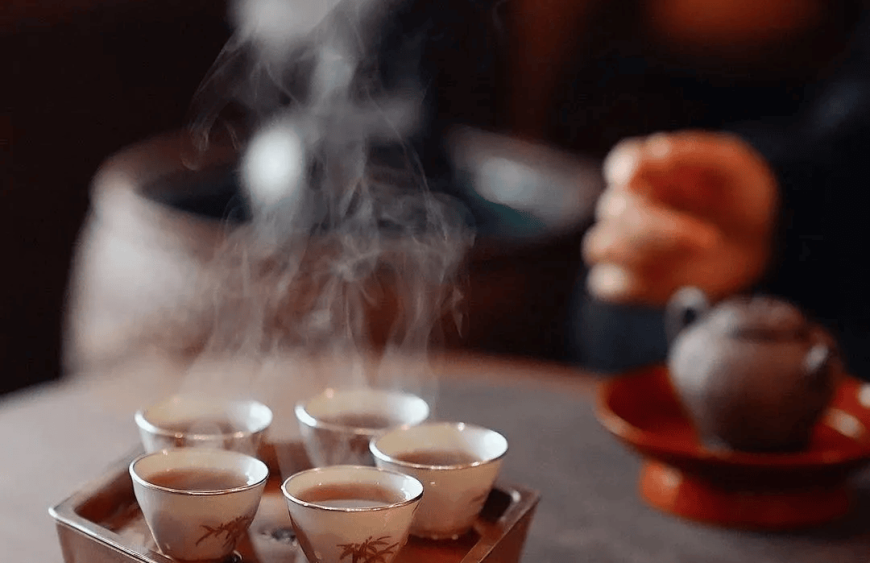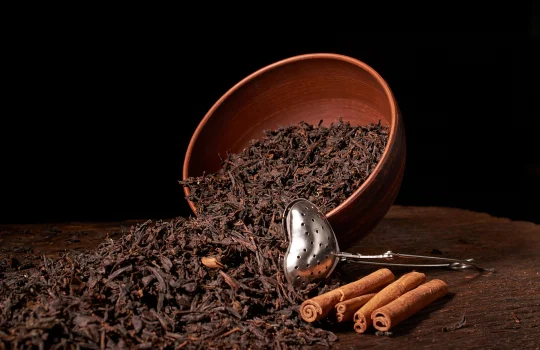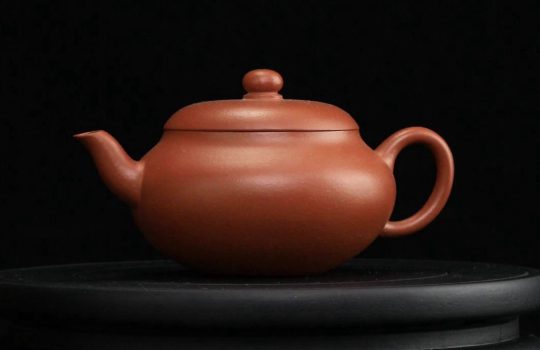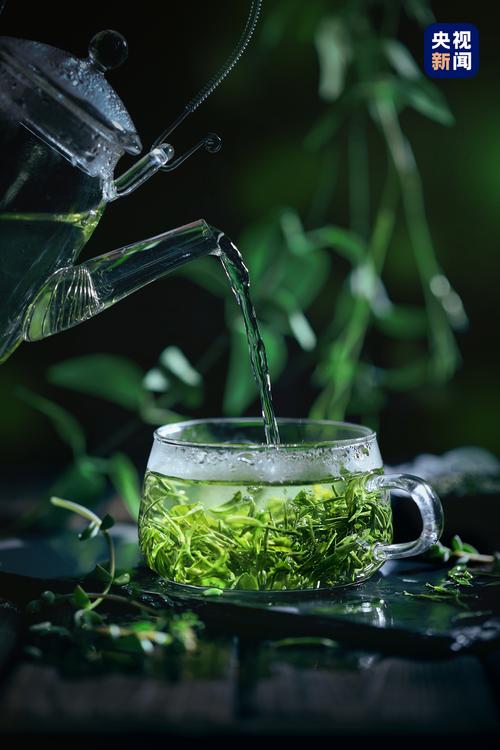Tea, as a drink that transcends time and space, carries mankind’s reverence for nature and their perception of life.
It is not only a drink with unique flavour, but also a cultural symbol and a way of life. Different ways of drinking tea, like different states of mind, show the thousands of postures of tea.
Tea brewing and tea cooking are not simply the difference between brewing and boiling, but two very different taste experience and philosophy of life.
They are in the water temperature, utensils, time, tea selection and the final taste, are presented in their own unique flavour, as the two sides of life, each with its own wonderful.
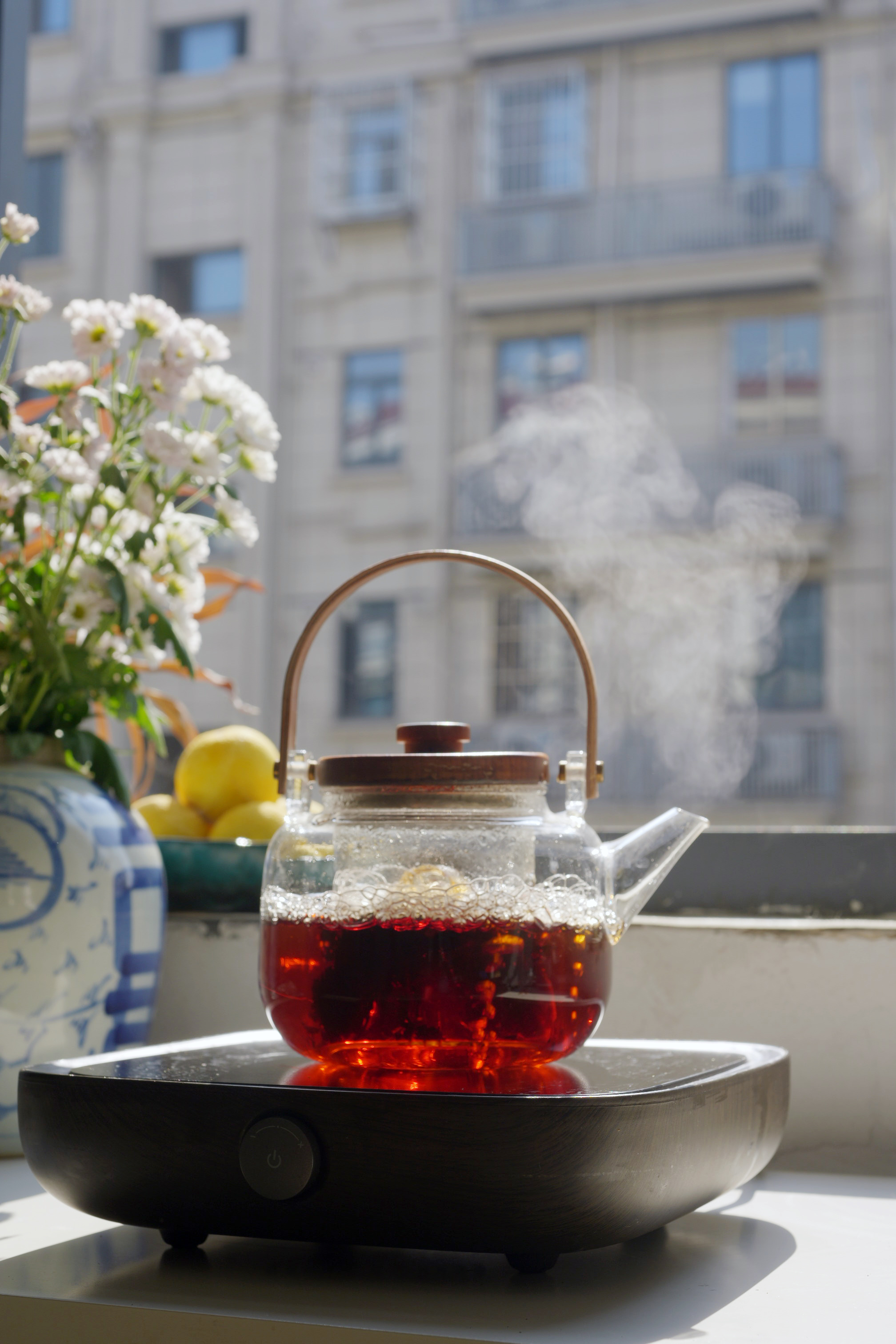
I. Tea-making: the elegance of still water
The subtlety of the water temperature: making tea is all about the temperature of the water. It is like treating a young girl who is waiting to blossom, and needs a gentle water temperature (usually between 80°C and 95°C) to gently awaken the inner fragrance of the tea leaves.
Too high a water temperature, like rough treatment, will destroy the delicacy of the tea leaves and make them lose their original spirit.
The Art of Time: The time spent making tea is like a short meditation. Tea leaves stretch quietly in the water, releasing their hidden essence.
The length of time depends on the type of tea and personal preference, but it should be stopped at the right moment to avoid over-extraction and to preserve the freshness and crispness of the tea.
Selection of Tea Leaves: Making tea is like choosing a confidant.
It favours those delicate and light teas, such as green tea, white tea and some oolong teas. These tea leaves, like young buds in early spring, slowly bloom in warm water, releasing a fresh aroma and delicate flavour.
Interpretation of taste: The taste of brewed tea is as fresh, light and delicate as the dewdrops in the morning. It focuses on retaining the original flavour of the tea leaves, without modification or carving, so that the tea drinker can directly feel the purity and authenticity of the tea leaves.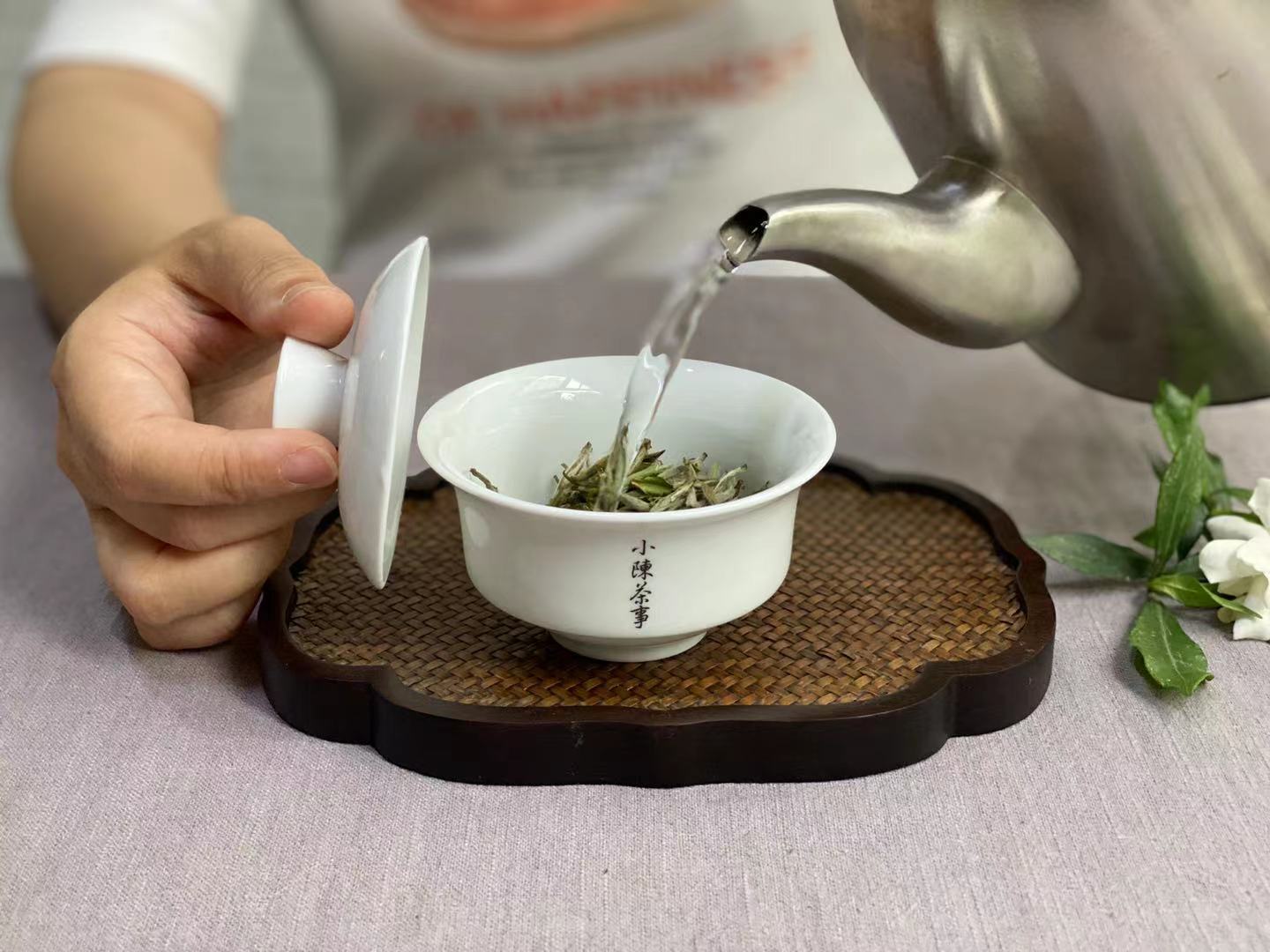
Boiling Tea: The Mellowness of Fire Cooking
Sizzling water temperature: Boiling tea is like facing a weather-beaten wise man, who needs boiling water (usually above 100°C) to stimulate his inner energy completely.
The high temperature, like a fire, releases the ingredients in the tea leaves, making the flavour more intense and mellow.
Time to Settle: The time it takes to make tea is like a long journey. The tea leaves tumble, settle and release in the water, as if undergoing the baptism of the years, and finally present a deep and rich flavour.
The length of time depends on the type of tea and personal preference, but all need to wait patiently to feel the metamorphosis of the tea leaves.
Favourite Tea Leaves: Tea is like choosing an old friend. It favours those rough and hardy teas, such as Pu’er tea, old white tea and dark tea.
These teas, like weathered trees, fully release their precipitated essence in the high-temperature cooking, presenting a rich and mellow flavour.
Taste: The taste of boiled tea is like an aged wine, rich, mellow and with a long aftertaste.
It focuses on extracting the deeper components of the tea leaves, making its taste richer and fuller, suitable for people who like a strong taste.
Bubble tea, like still water flowing deep, the pursuit of a kind of introverted elegance.
It is like a spiritual meditation, so that people in the gentle aroma of tea, feel the inner peace and tranquility.
Boiled tea, on the other hand, is like cooking oil on fire, pursuing a kind of unrestrained passion. It is like a baptism of life, letting people feel the vitality and strength of life in the rich tea soup.
Brewing and cooking tea are like the yin and yang poles, which seem to be opposites but actually complement each other. Together they constitute the complete world of tea, showing the thousands of gestures of tea.

